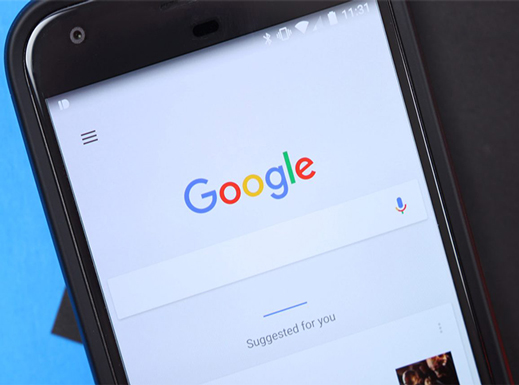
‘Get off your bloody phone!!’ – said every parent ever.
The argument that resonates around countless Australian households. Parents yelling at their kids to go play outside and get away from their screens. Why? What year are they living in? The 80’s? The fact of the matter is, the way in which human beings interact and engage with the world around them has changed. The world has changed. In five years from now, is it reasonable to think that a native multi-device driven society will be less engaged online? No, so let’s look at Australia’s ‘micro-moments’ and how they interact with the world through their phones.
Time to Value
 A lot of people will tell you time is money. This is short sighted, what on earth does ‘time is money’ mean? Instead, replace money with value. The key to the future of capturing customers’ hearts and minds is through the concept that society’s new currency is time to value, rather than time is money. This means, the shorter the customer journey is, with the least number of barriers to content that delivers value, is the future. This was evident in a recent ZeroDesktop Mobile Analytics study, showing users return to Google (app and Chrome), on average, 12 times per day. It also found 81% of Australians say their smart phone searches are more focused on immediate information; 80% of Australian’s say they now access the internet more frequently but for shorter bursts. Australian’s are intrinsically connected to their phones via ‘moments.’ A phone is just an extension of a user’s consciousness, with a smartphone also there when ‘I want to; go, know, do or buy moment’ enters a consumers thoughts.
A lot of people will tell you time is money. This is short sighted, what on earth does ‘time is money’ mean? Instead, replace money with value. The key to the future of capturing customers’ hearts and minds is through the concept that society’s new currency is time to value, rather than time is money. This means, the shorter the customer journey is, with the least number of barriers to content that delivers value, is the future. This was evident in a recent ZeroDesktop Mobile Analytics study, showing users return to Google (app and Chrome), on average, 12 times per day. It also found 81% of Australians say their smart phone searches are more focused on immediate information; 80% of Australian’s say they now access the internet more frequently but for shorter bursts. Australian’s are intrinsically connected to their phones via ‘moments.’ A phone is just an extension of a user’s consciousness, with a smartphone also there when ‘I want to; go, know, do or buy moment’ enters a consumers thoughts.
Go Moments
Go moments are the experiences where a customer is wanting to find out where something is. GPS systems have been displaced with 86% of smart phone users utilising their phone as a navigation tool. Further down the list, choosing where to eat, travel tips and making hotel and rental car bookings are also key smart phone functions.
Know Moments
Know moments are the experiences when a customer has a burning question that needs answering. No longer does a smart phone user require a trip to the local library or to phone a friend. Just “Google it”. Smart phone users employ Google to get answers fast. The moment a thought pops into their head, 68% of them are visiting Google to ask the question. Smart phones also help with trying to complete foreign tasks, stalk their friend’s social lives and supplement their television platform by showing them the programming.
Do Moments
Do moments are the experiences when a customer is trying to get things done. Gone are the days of calling your mother to help you cook dinner, smart phones have the answer. How-to guides are all the rage these days online, and for good reason. 87% of women between the ages of 18 to 24 use their smart phone for ‘how-to’ content for make-up, fashion and beauty.
Buy Moments
Buy moments are the experiences when a customer makes a purchase decision. This moment is potentially the most pivotal watershed moment in a customer’s interaction with a brand. The number of consumers that use a smart phone as part of their path to purchase is as high as you would expect. Studies have found 87% of smart phone users said the information they found via their smart phone helped them make a purchase, with 68% of users looked up items whilst they were in store. Some even saying they trusted the online sources over the sales staff.
So, the next time your mother tells you to get off your smart phone, kindly respond by letting her know that smart phones and being online is here to stay and is an integral part of day-to-day life in our modern era. Embrace it, don’t hate it.

Below is a link to further reading on ‘micro-moments’:
















